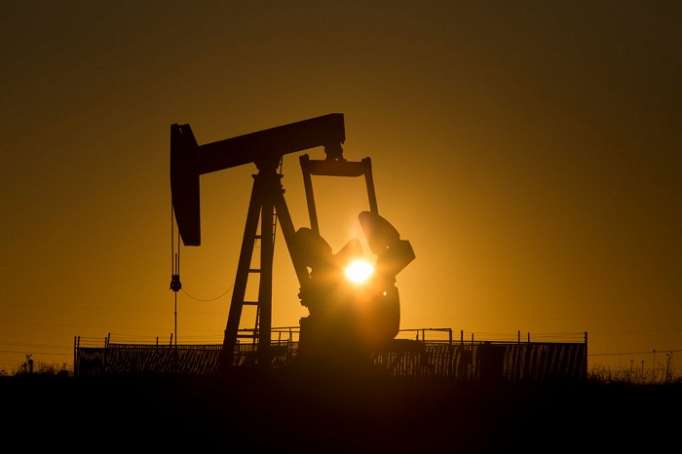U.S. West Texas Intermediate (WTI) crude futures were at $68.23 per barrel at 0640 GMT, up 48 cents, or 0.7 percent, from their last settlement.
Brent crude futures climbed 64 cents, or 0.8 percent, to $77.46 a barrel.
U.S. energy companies cut two oil rigs last week, bringing the total count to 860, energy services firm Baker Hughes said on Friday.
The U.S. rig count has stagnated since May, after staging a recovery since 2016, which followed a steep slump the previous year amid plummeting crude prices.
Outside the United States, new U.S. sanctions against Iran’s crude exports from November were helping push up prices.
Energy consultancy FGE said several major Iran customers like India, Japan and South Korea were already cutting back on Iran crude.
“Governments can talk tough. They can say they are going to stand up to Trump and/or push for waivers. But generally the companies we speak to ... say they won’t risk it,” FGE said.
“U.S. financial penalties and the loss of shipping insurance scares everyone,” it said in a note to clients.
Violence in Iraq, including a rocket attack on Basra airport on Saturday, also sparked fears of supply disruptions, although so far there have been no interruptions to oil exports.
With U.S. rig activity stalling and Iran sanctions looming, the oil market outlook is tightening.
“Investors have largely turned positive again ... likely welcoming the return of backwardation,” said Edward Bell, commodity analyst at Emirates NBD bank.
Backwardation describes a market in which prices for immediate delivery are higher than those for later dispatch. It is considered a sign of tight conditions giving traders an incentive to sell oil immediately instead of storing it.
The Brent backwardation between October this year and mid-2019 is currently around $2.20 per barrel <0#LCO:>.
While Washington exerts pressure on other countries to fall into line and also cut imports from Iran, it is also urging other major producers to raise their output in order not to create too strong a price spike.
U.S. Energy Secretary Rick Perry will meet counterparts from Saudi Arabia and Russia on Monday and Thursday, respectively, as the Trump administration seeks the world’s biggest exporter and producer to keep output up.
One key question going forward is how demand develops amid the trade dispute between the United States and China, as well as general emerging market weakness.
Asian shares on Monday were on track for their eighth straight session of declines, while China’s yuan and India’s rupee also came under renewed pressure as U.S. President Donald Trump threatened yet more import tariffs on Chinese goods.
Consultancy FGE warned that “trade wars, and especially rising interest rates, can spell trouble for the emerging markets that drive (oil) demand growth”.
Despite this, FGE said the likelihood of significantly weaker oil prices was relatively low as the Organization of the Petroleum Exporting Countries (OPEC) would withhold output to prevent prices from plunging.
“We see $65 per barrel as a trigger for cuts,” FGE said.
More about: #oil















































